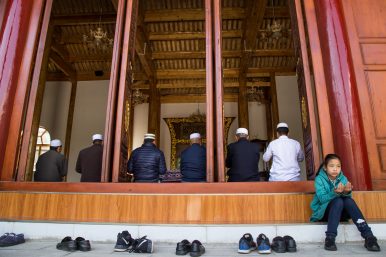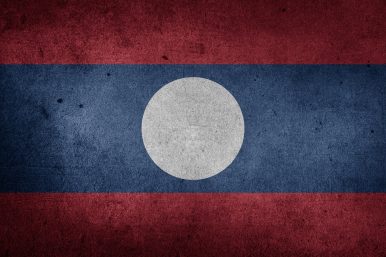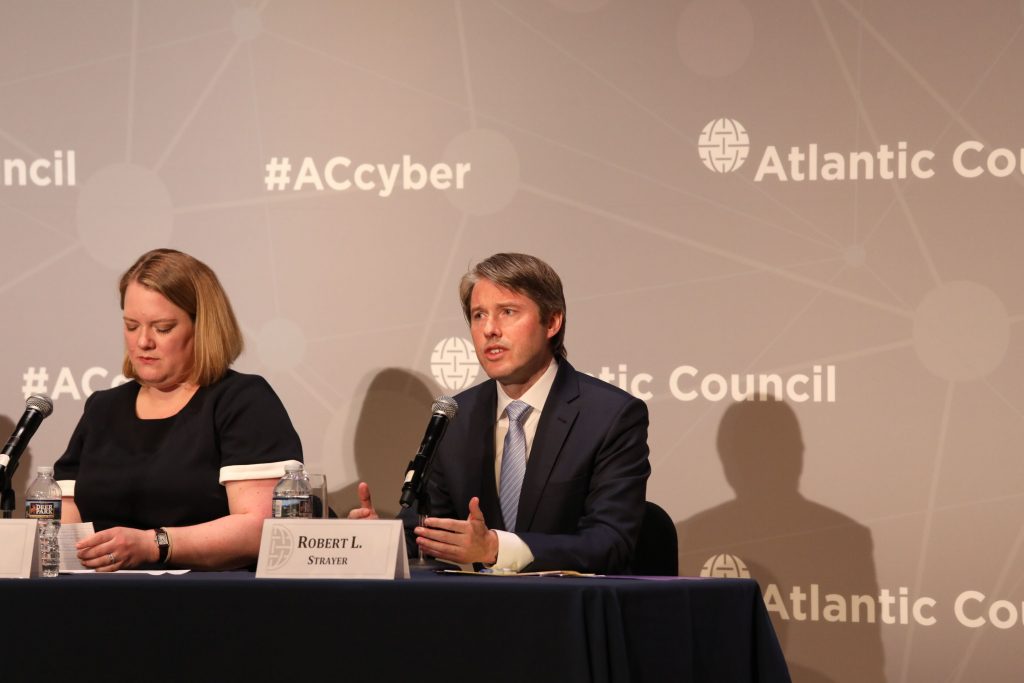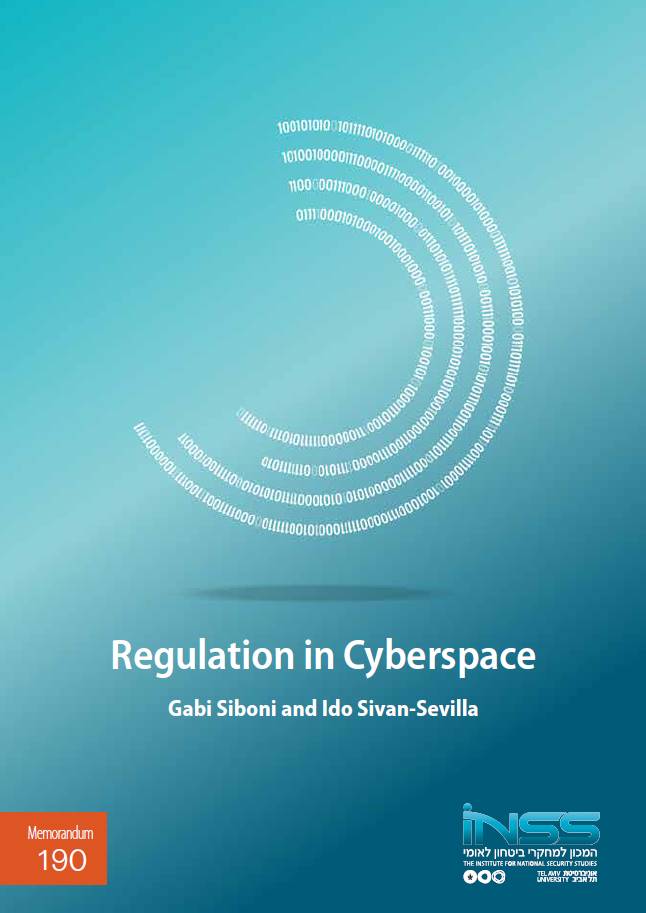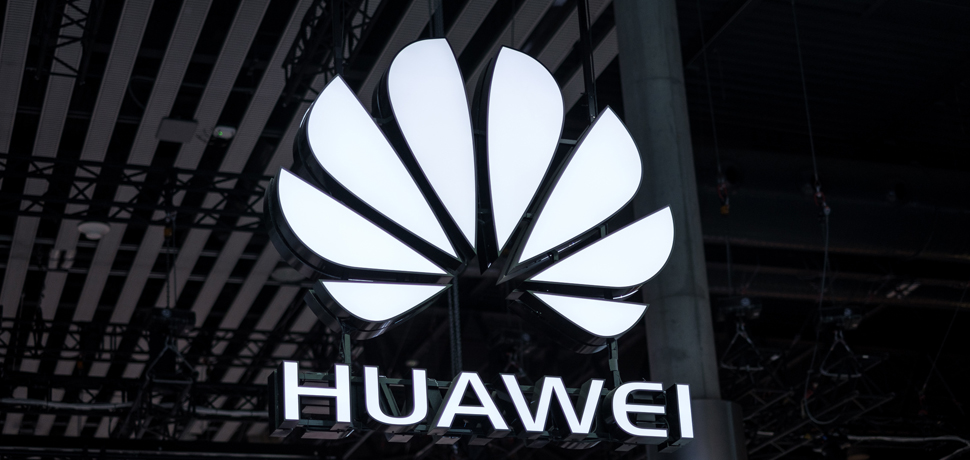 China will continue to expand its Belt and Road Initiative in South Asia because the peripheral nations of the subcontinent feel a need to counterbalance India's influence as they seek funding for development. India's opposition to the China-Pakistan Economic Corridor will ensure that New Delhi remains the main holdout against the Belt and Road in Asia.
China will continue to expand its Belt and Road Initiative in South Asia because the peripheral nations of the subcontinent feel a need to counterbalance India's influence as they seek funding for development. India's opposition to the China-Pakistan Economic Corridor will ensure that New Delhi remains the main holdout against the Belt and Road in Asia.
Relations between India and China are calmer since their standoff over the Doklam Plateau in 2017, but their rivalry will continue apace given their competing aims in the region.
India might be a large trading partner in its own right, but the designs of the even-larger power on its doorstep is fueling its fears of encirclement. The Belt and Road Initiative, the cornerstone of Chinese President Xi Jinping's foreign policy to blaze a trail of trade across Asia and Europe, includes five of India's neighbors: Pakistan, Bangladesh, Sri Lanka, the Maldives and Nepal. But worried that the initiative will grant Beijing undue political influence in neighboring capitals — and that new ports and highways could one day aid China in a military conflict — New Delhi is searching for ways to remain a step ahead of China's activities in South Asia. For one, India has sought to promote its influence by dangling the prospect of greater investment. In so doing, India has scored a few important victories, but its quest for unrivaled dominance in the subcontinent is ultimately a long shot given the allure of Chinese largesse for the subcontinent's smaller countries.





